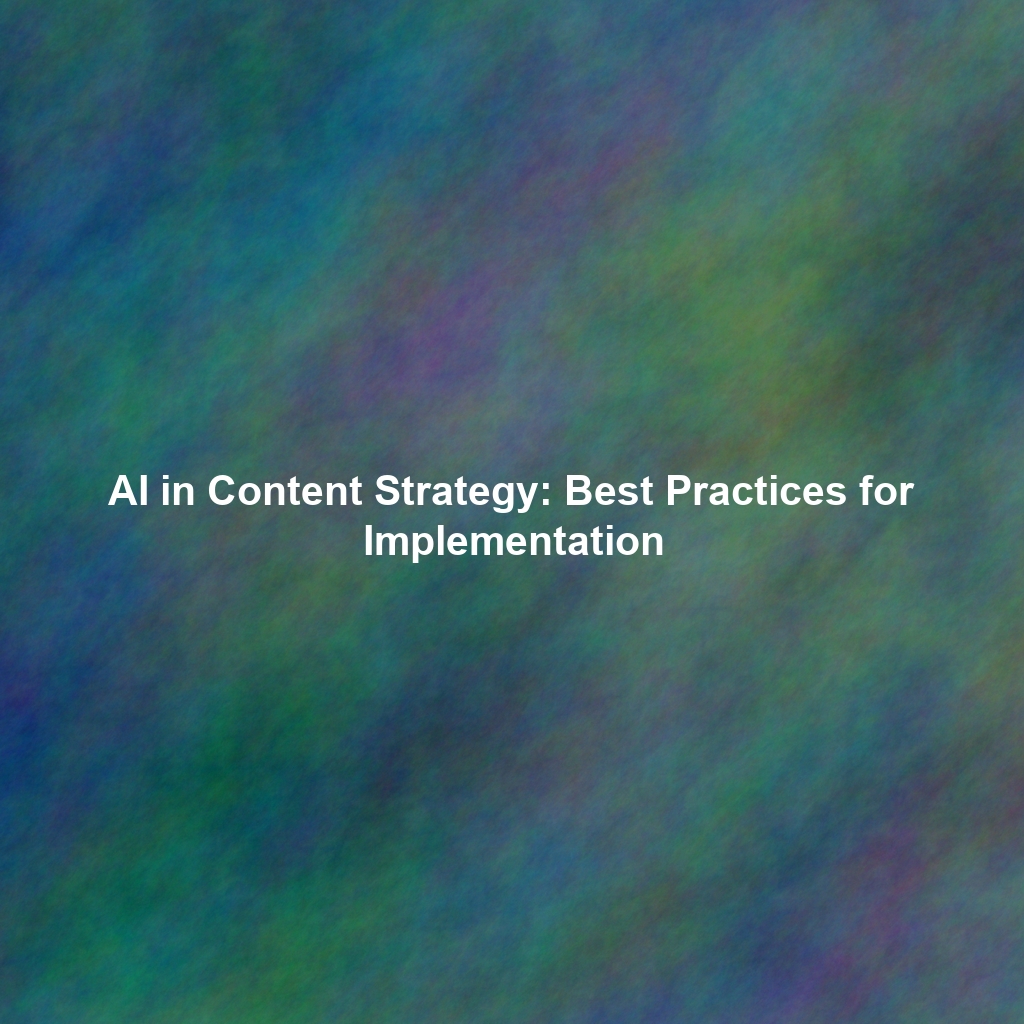In the fiercely competitive B2B landscape, generating high-quality leads consistently is a constant challenge. For Acme Solutions, a leading provider of cloud-based CRM solutions for the manufacturing industry, this challenge was particularly acute. While our direct sales efforts were yielding results, we knew we were leaving untapped potential on the table. We needed a scalable, sustainable solution to significantly boost our lead generation efforts. That’s when we decided to build a comprehensive partner program. This is the story of how that program transformed our business.
The Genesis of a Partner-Centric Strategy
Our initial lead generation strategy relied heavily on outbound sales and digital marketing. While effective to a degree, these approaches were expensive and time-consuming. We recognized that many businesses already had strong relationships with consultants, integrators, and industry-specific service providers. These entities held the key to accessing a wider audience and reaching potential customers through trusted advisors.
We hypothesized that a well-structured partner program could leverage these existing relationships to generate a steady stream of qualified leads. However, simply signing up partners wasn’t enough. We needed a program that offered real value to both parties, incentivized performance, and provided the necessary support for partners to succeed.
Building the Foundation: Program Structure & Tiers
The first step was defining the structure of our partner program. We opted for a tiered system with three levels: Bronze, Silver, and Gold. Each tier offered increasing benefits and required progressively higher levels of commitment and performance.
Bronze Partners
The entry-level tier was designed for partners who were just starting out or had a smaller client base. Benefits included access to our partner portal, basic product training, and a small commission on successful referrals. The commitment level was relatively low, requiring minimal annual revenue contribution.
Silver Partners
Silver partners represented a significant step up. They received enhanced product training, dedicated account management support, increased commission rates, and access to marketing development funds (MDF). This tier required a higher level of revenue contribution and a commitment to actively promoting Acme Solutions within their network.
Gold Partners
The Gold tier was reserved for our most strategic and high-performing partners. Benefits included premium product training, priority support, co-marketing opportunities, and the highest commission rates. Gold partners were expected to be deeply integrated with Acme Solutions and actively contribute to our product roadmap. They also had exclusive access to lead generation campaigns and events.
Seamless Onboarding and Comprehensive Training
A crucial element of our partner program was a streamlined onboarding process. We understood that a positive first impression was vital for partner engagement. We developed a comprehensive onboarding guide, a dedicated onboarding manager for each new partner, and a series of introductory webinars.
Training was another key priority. We provided extensive product training, sales training, and technical training through a combination of online modules, live webinars, and in-person workshops. We also created a partner certification program to ensure that our partners had the knowledge and skills necessary to effectively represent Acme Solutions.
Incentivizing Performance: Rewards and Recognition
We implemented a robust incentive program to reward partner performance. This included tiered commission structures, performance-based bonuses, and recognition awards. We also offered spiffs (sales performance incentive funds) for specific campaigns or product promotions. We discovered early on that simply offering higher commissions wasn’t enough. Partners also valued recognition for their efforts. We started a quarterly “Partner Spotlight” program highlighting successful partner stories in our newsletter and on our website, which proved incredibly motivating.
Metrics That Matter: Tracking and Optimizing Performance
To ensure the success of our partner program, we closely tracked key performance indicators (KPIs) such as the number of new partner sign-ups, lead generation volume, conversion rates, and revenue generated by partners. We used a CRM system to track all partner activities and generate detailed reports.
Regular performance reviews were conducted with each partner to identify areas for improvement and provide targeted support. We also used partner feedback to continuously refine our program and make it more effective. One critical metric we identified early on was “Time to First Lead.” By focusing on shortening this timeframe through enhanced onboarding and training, we significantly improved partner engagement and overall program performance.
The Results: A Lead Generation Powerhouse
Within the first year of launching our partner program, we saw a dramatic increase in lead generation. Partner-generated leads accounted for over 30% of our total lead volume, and the quality of these leads was significantly higher than those generated through our direct marketing efforts. The conversion rate for partner-generated leads was nearly double that of leads from other sources.
The program also helped us expand our reach into new markets and industries. By partnering with organizations that had deep expertise in specific verticals, we were able to penetrate markets that would have been difficult to access through our direct sales channels. We saw particular success in the pharmaceutical sector, a market we hadn’t previously focused on, thanks to a strategic partnership with a consultancy specializing in regulatory compliance for pharmaceutical companies.
Lessons Learned and Future Directions
Building a successful partner program is an ongoing process. We learned valuable lessons along the way and continue to refine our program to meet the evolving needs of our partners and the market.
Key takeaways include:
- Invest in onboarding and training: Equipping partners with the knowledge and skills they need to succeed is essential.
- Offer attractive incentives: Reward performance and recognize partner contributions.
- Track and measure results: Monitor key performance indicators and use data to optimize your program.
- Foster strong relationships: Build a community of partners who are invested in your success.
- Be flexible and adaptable: The B2B landscape is constantly changing, so be prepared to adjust your program as needed.
Moving forward, we plan to further enhance our partner program by incorporating new technologies, expanding our training offerings, and developing more innovative incentive programs. We believe that our partner program will continue to be a critical driver of lead generation and revenue growth for Acme Solutions.
Conclusion
Our journey to building a successful B2B partner program wasn’t without its challenges. However, the results have been undeniable. By focusing on building a program that offers real value to our partners, providing comprehensive support, and incentivizing performance, we transformed our lead generation efforts and achieved significant revenue growth. This case study demonstrates the power of a well-designed and executed partner program in supercharging B2B lead generation.
 Skip to content
Skip to content
